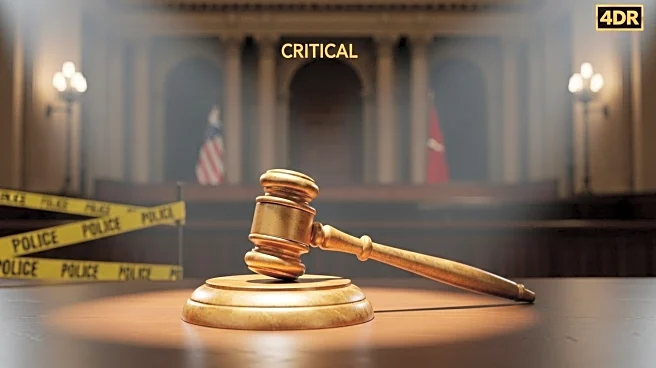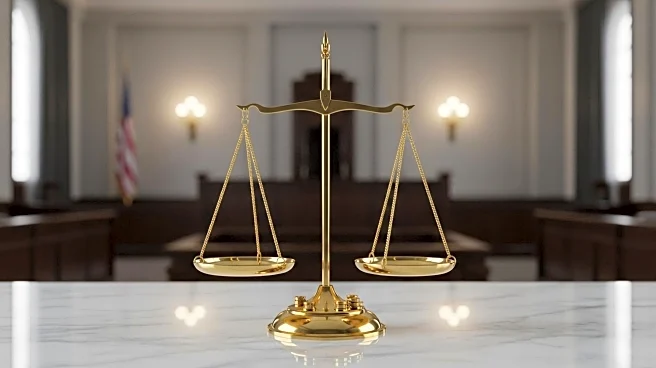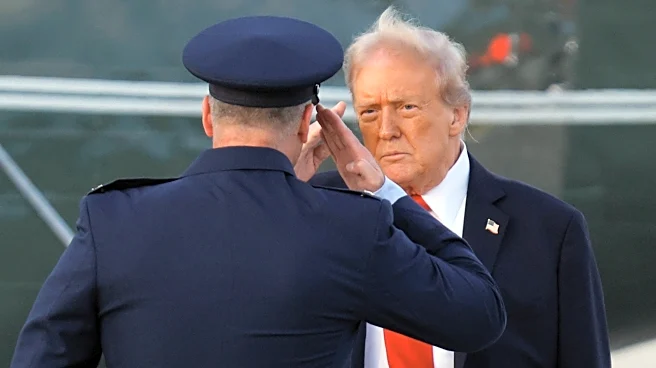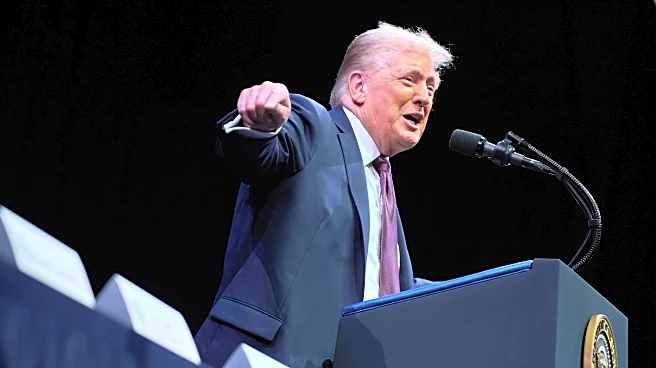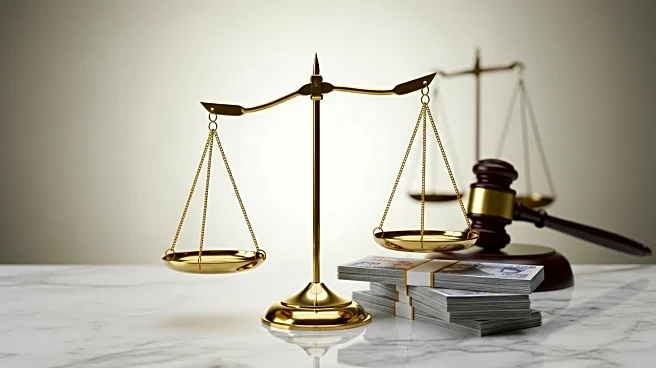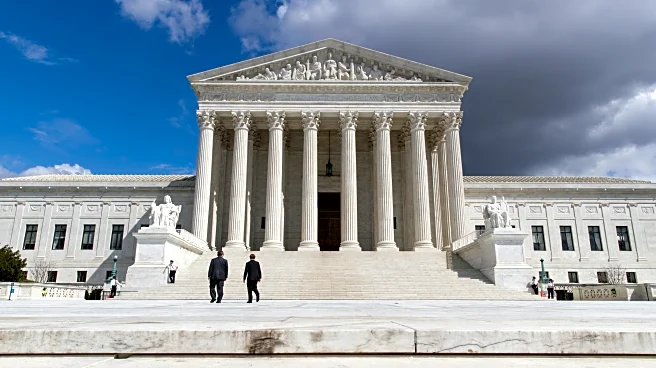What's Happening?
The Trump administration has faced numerous lawsuits challenging its interpretations of federal laws, with lower courts often ruling against it. However, the U.S. Supreme Court has allowed the administration to continue implementing its programs, not based on the merits of the cases, but due to procedural rules that denied plaintiffs the relief they sought. The Supreme Court has frequently used its 'shadow docket' to make these decisions without full briefing and oral argument. This approach has led to procedural victories for the administration, raising concerns about the perceived legitimacy and neutrality of the Supreme Court. The court's decisions have halted lower court orders, such as restoring research funds and reinstating federal board members, based on procedural grounds rather than the legality of the actions.
Why It's Important?
The Supreme Court's procedural rulings have significant implications for the balance of power between the executive branch and federal agencies. By favoring procedural arguments, the court has effectively increased the power of the president, allowing the Trump administration to continue its policies despite legal challenges. This approach raises concerns about the court's role in checking executive power and maintaining its impartiality. The decisions could set precedents that impact future administrations and their ability to implement controversial policies. The rulings also affect the functioning of federal agencies, as they may struggle to operate effectively without reinstated officers.
What's Next?
Some of the cases involving favorable stay rulings for the Trump administration are expected to return to the Supreme Court this term. The justices will need to address the constitutional issues involved, particularly concerning birthright citizenship and tariffs. The court's decisions in these cases will be closely watched, as they could further define the limits of executive power and the role of procedural rulings in shaping policy outcomes.
